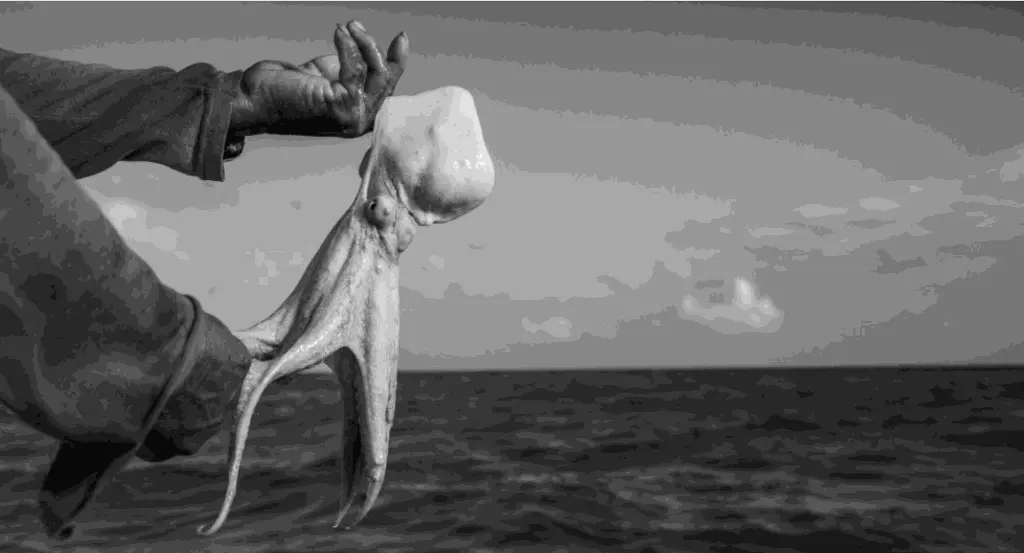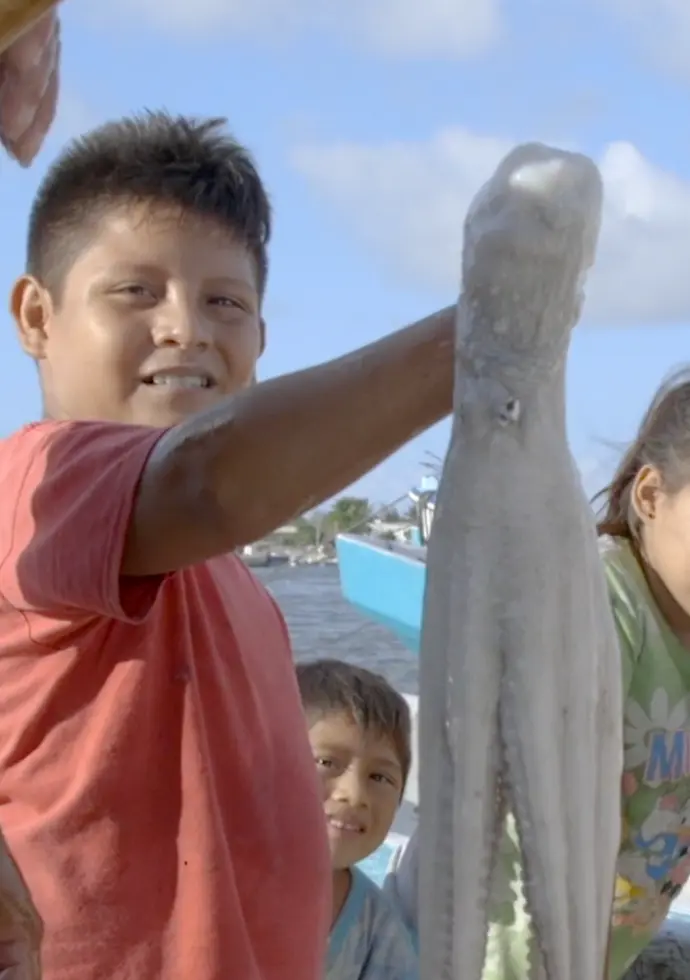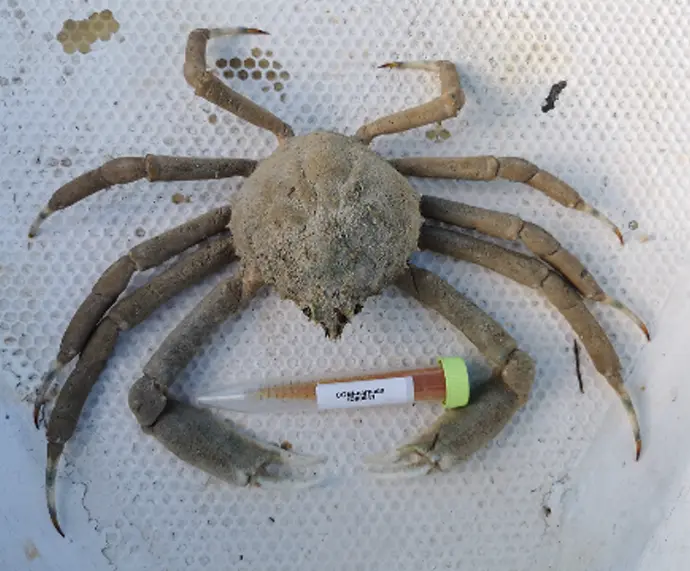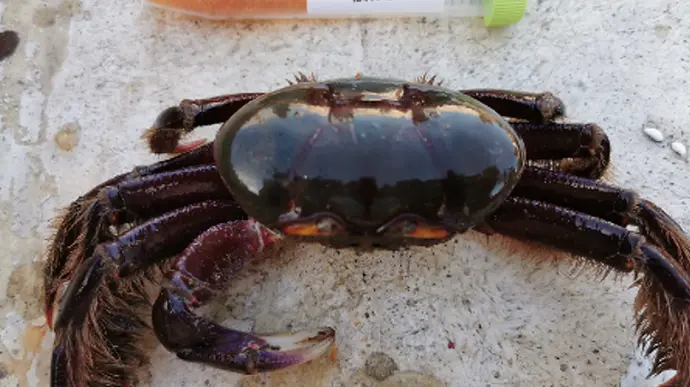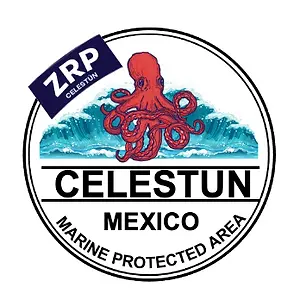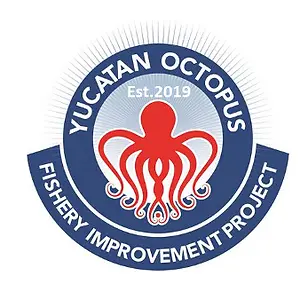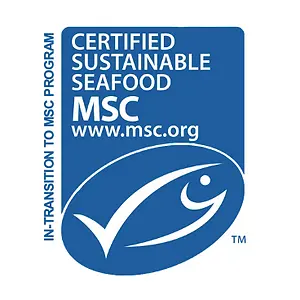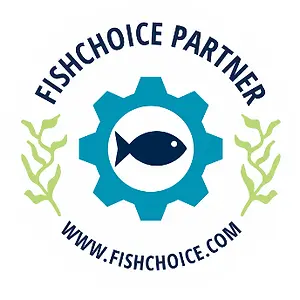As part of our social and environmental responsibility programs, we promoted the establishment of the largest Fishing Refuge Zone in Mexico, located in Celestún, Yucatán. This zone aims to provide a space for the conservation and sustainable use of the region's marine species.
According to what was published today in the Official Gazette of the Federation, activities involving the capture of any species of aquatic flora and fauna through diving, recreational fishing, and domestic consumption are prohibited.
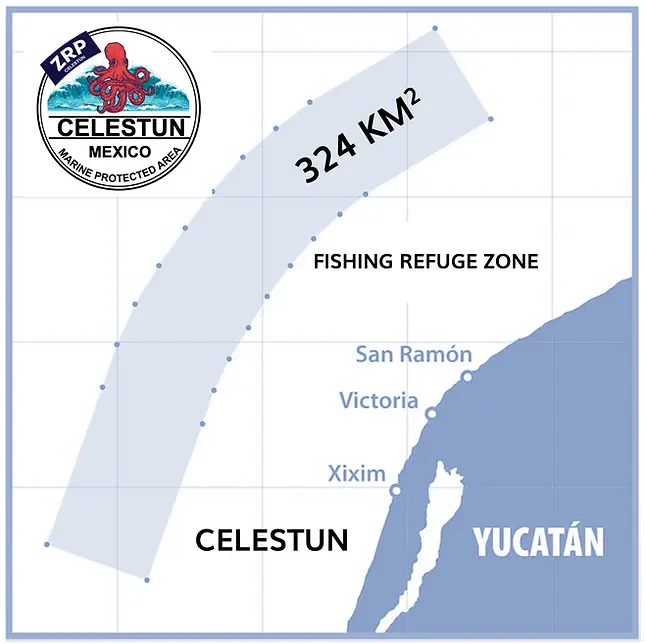
Fishing Refuge Zones represent an important strategy for conserving the biodiversity of fishery species and associated species. These areas offer significant biological benefits, such as reduced fishing mortality, protection of reproduction and breeding processes, restocking, larval dispersal, increased size, and the restoration of food chains and habitats.
They also serve to increase the volume and value of catches, certify sustainable fisheries, develop alternative activities (ecotourism), maintain fishing activity, and promote greater community participation.
As part of community involvement, the Community Inspection and Surveillance Committee was formed, which is responsible for safeguarding the area in conjunction with the authorities.
